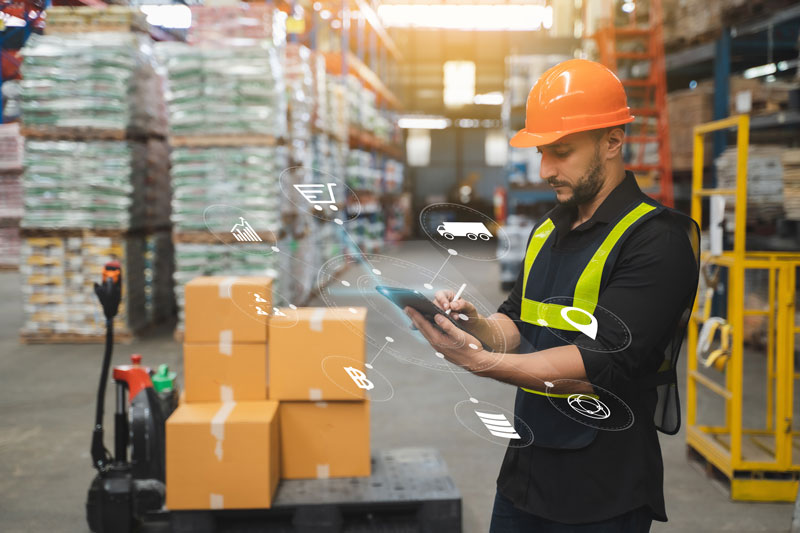For some companies, 2020 exposed gaps in their supply chain that proved devastating. For others, the events of this year provided them with a chance to take a step back and figure out what worked and what needed to be changed moving forward. The supply chain has perhaps never been more transparent than it is right now. Customers who saw shortages of certain items in the spring have a better awareness of where products come from and how they reach their destinations. Here are some ways that companies are working to make sure their supply chain is scrutinized in a positive rather than a negative light.
Changes ahead
The only certainty to come out of the uncertainty surrounding the supply chain in the first half of 2020 is that there are changes coming. Some organizations already learned hard lessons about weak links in their supply chains from natural disasters such as hurricanes or tsunamis, and they were in a better position to adjust quickly when the pandemic hit. For others, the pandemic forced them to react, in some cases too late to make a difference. Organizations learned that the most efficient way to do business might not be the way that’s best suited to handle a disruption. Industry experts predict a move away from “just-in-time” supply chains in favor of storing surplus product. This also might mean less reliance on manufacturing far from home as businesses opt to keep all aspects of their operations closer to home. These could be more expensive options, though, between manufacturing expenses and the cost of using warehouses. In order to figure out where they can save money and work more efficiently, organizations are turning to solutions using technology.
Digital twins
Supply chain mapping is essential to companies that have many moving parts and locations that are spread out. Without a reliable idea of what is happening every step along the line, it can be difficult to figure out where a problem is when something goes wrong. Mapping is also an important part of being able to create a ‘digital twin,’ which can help a company figure out where its opportunities for improvement lie. Digital twin technology allows for companies to not only to look at historical information to conduct predictive analytics and identify potential problems, but it can also use that information to perform prescriptive analytics, where they can come up with solutions to those potential issues…or avoid the issues in the first place. Organizations can use the information they gather to figure out where they are flexible and able to diversify either their resources or their distribution. The more agile a company can be, the better its chances of being able to capitalize on opportunities, as well as survive possible disruptions.
Real time visibility
Knowing the process is one thing, seeing it carried out is another. Many companies are investing in technology that gives them updates in real time of the progress of a product as it moves through the supply chain. If a company is spread out across the globe, real time alerts from an unmanned facility can let a company know of a problem when it happens rather than waiting until a shipment fails to arrive. Transportation companies are using technology that offers updates in real time as well. In addition to offering the company information about the status of a shipment as it happens, it can help the organization keep track of other potential expenses such as the maintenance schedule for its vehicles, or scheduling for its employees. While the pandemic has wreaked havoc on many aspects of industries reliant on the supply chain, many organizations have tried to take advantage of the opportunities presented by the disruption. In re-thinking their approach to the supply chain, organizations have used the analytics they have gathered to look at where they can be more environmentally friendly, for example. Other technology solutions could help companies that aren’t able to fully shift from the justin-time model. In some cases, the World Economic Forum has encouraged the use of 3D technology to quickly create products that might have fallen into a crack in the supply chain. Investing in supply chain analytics is an investment many organizations put off because of its potentially high cost. What those organizations have found, though, is that being unable to appropriately prepare for all scenarios is even more costly. Finding the right analytics solution for your supply chain needs is a critical part of preparing for the supply chain of the future.
- Summer is an Opportunity for Digital Transformation in Education - April 17, 2024
- Your Car is Tracking More than Miles per Hour - April 11, 2024
- Data Can Help Provide Equal Footing in Cannabis Space - April 3, 2024



